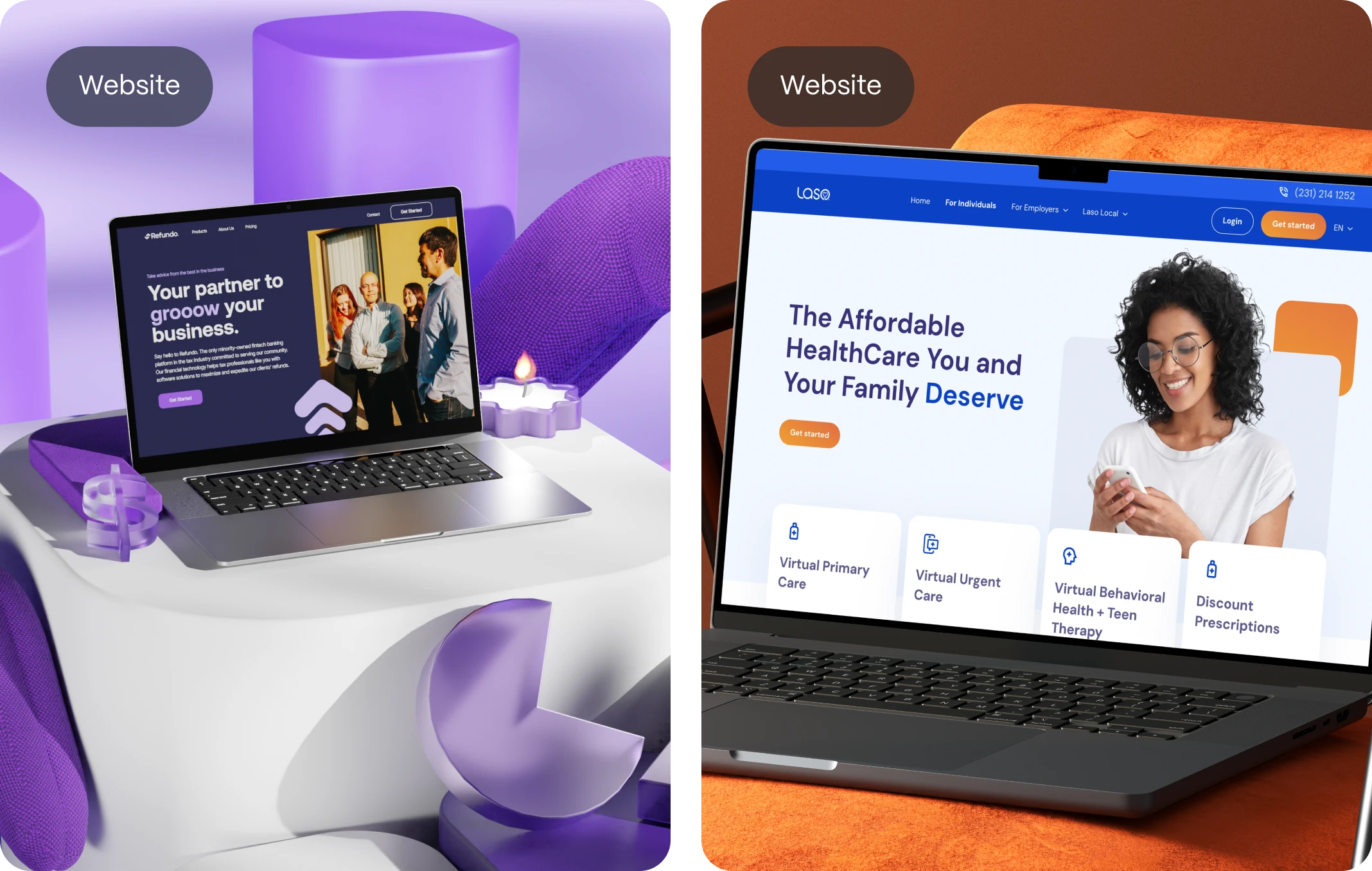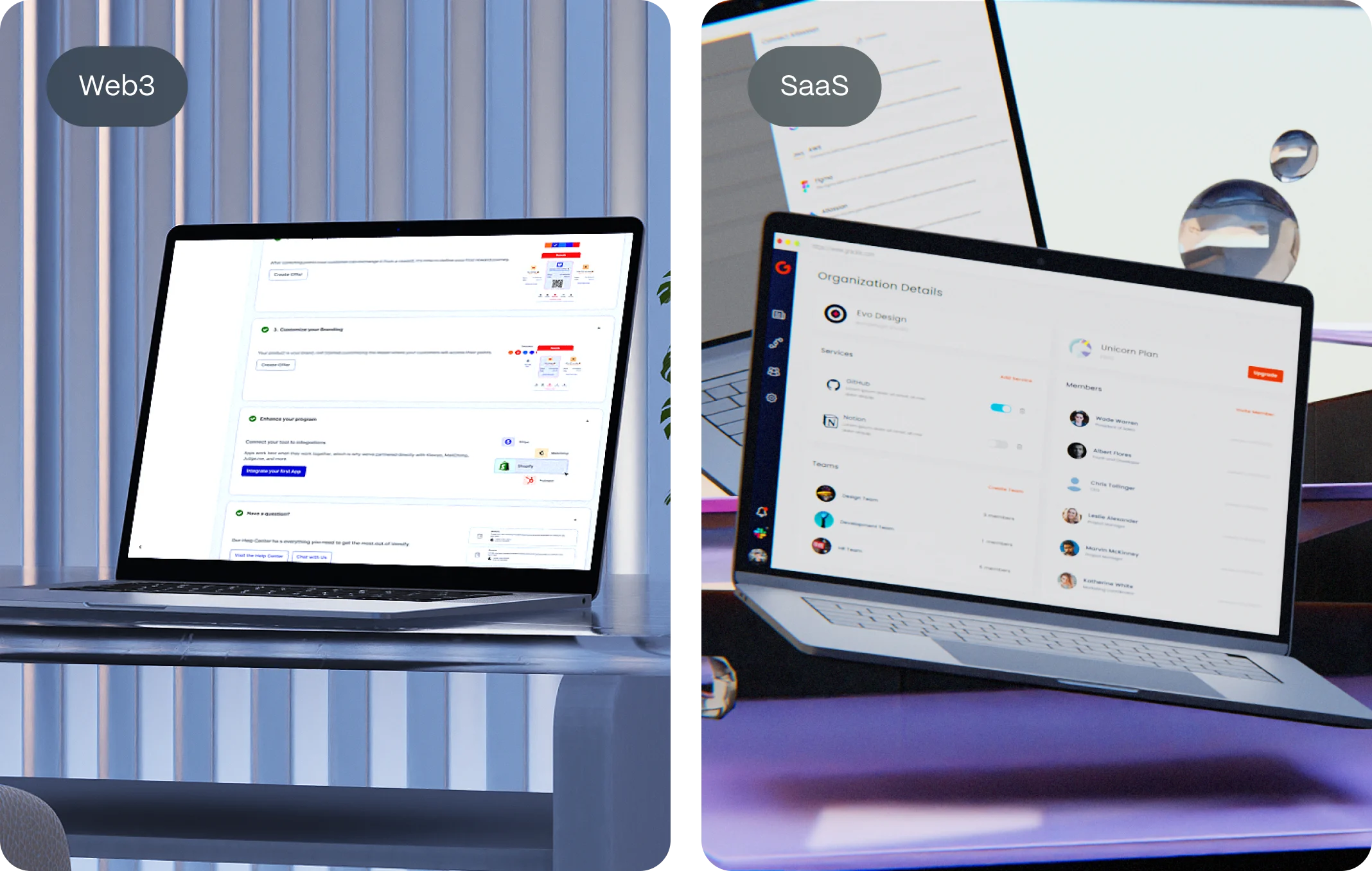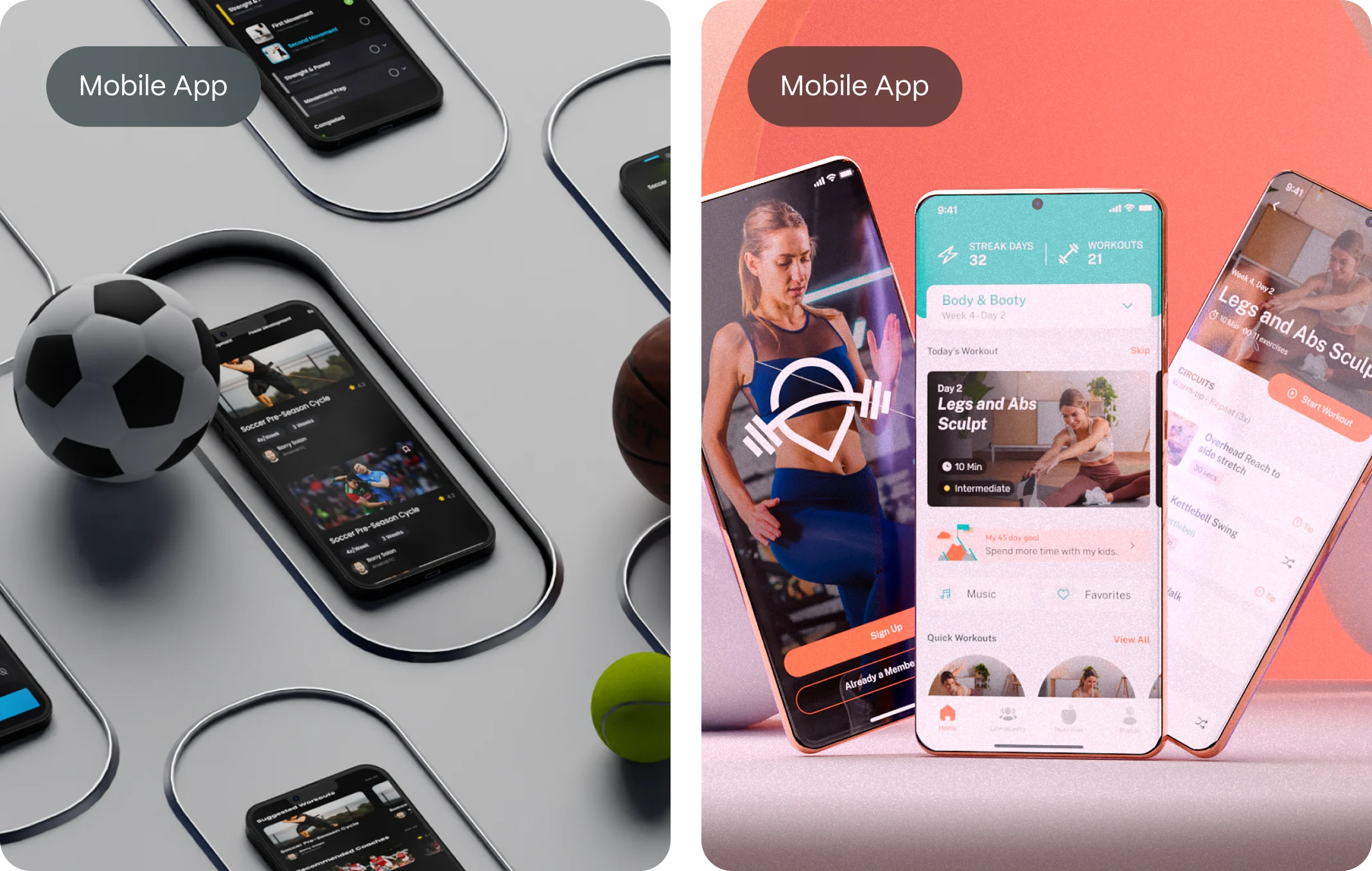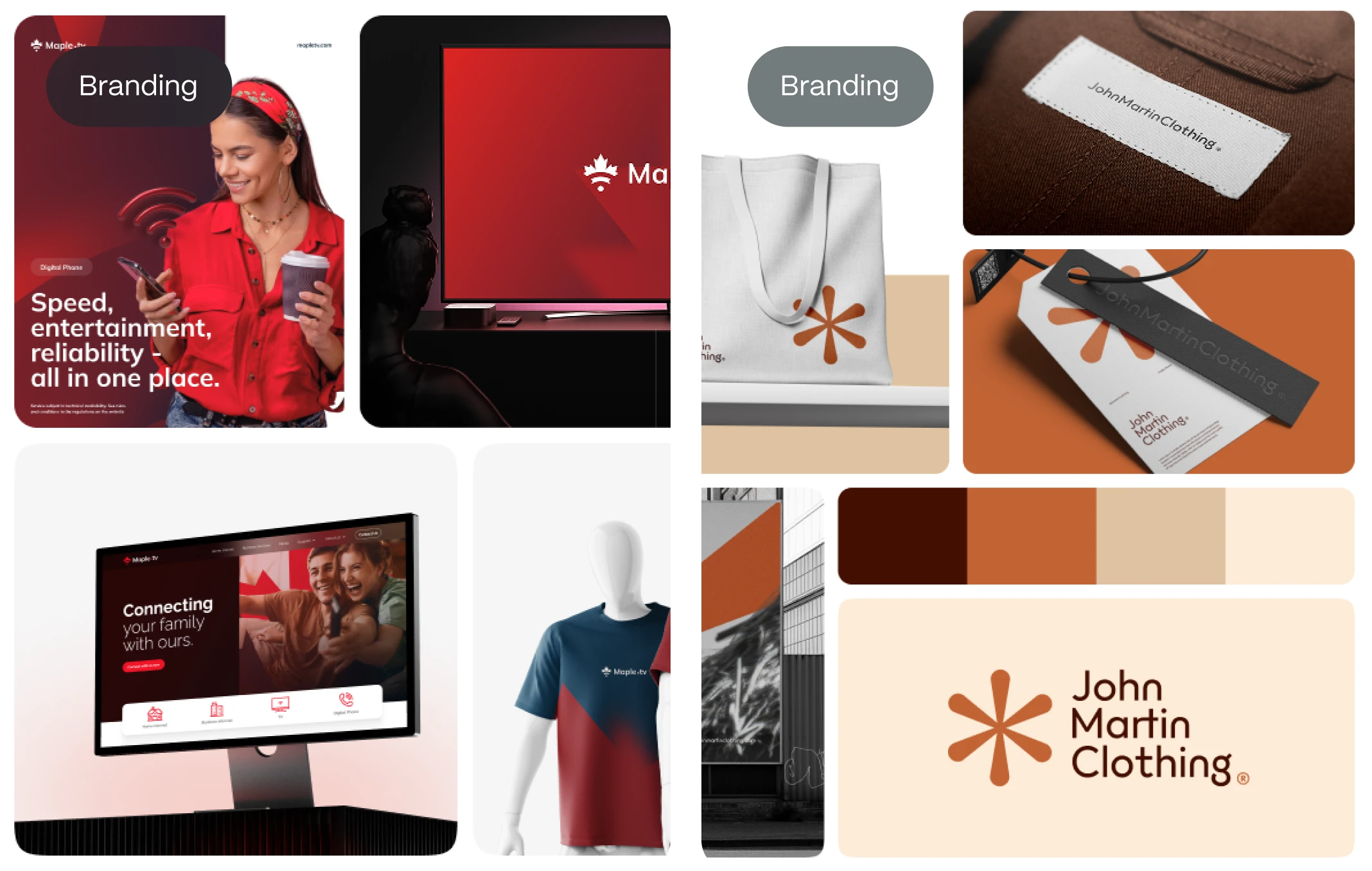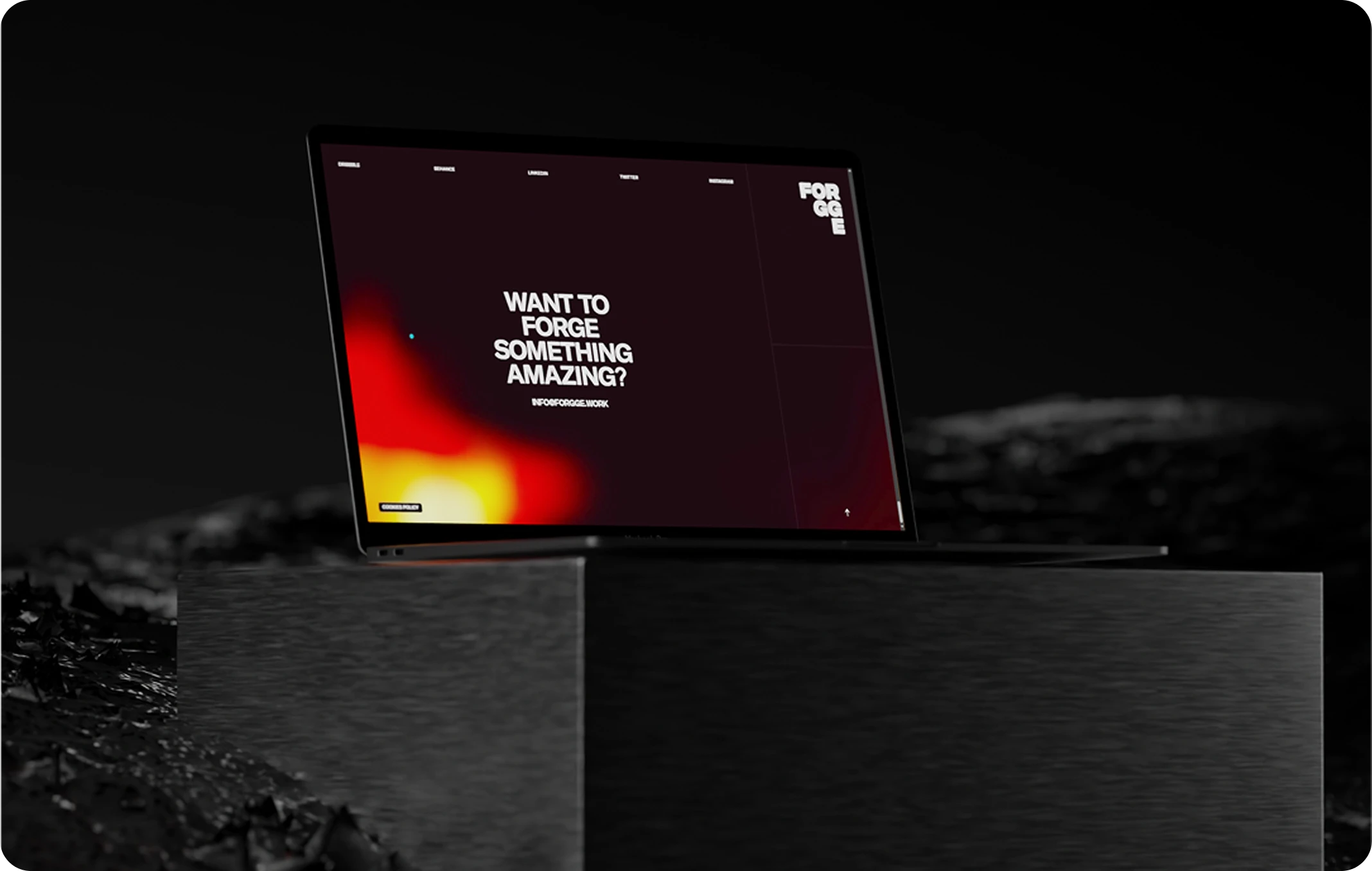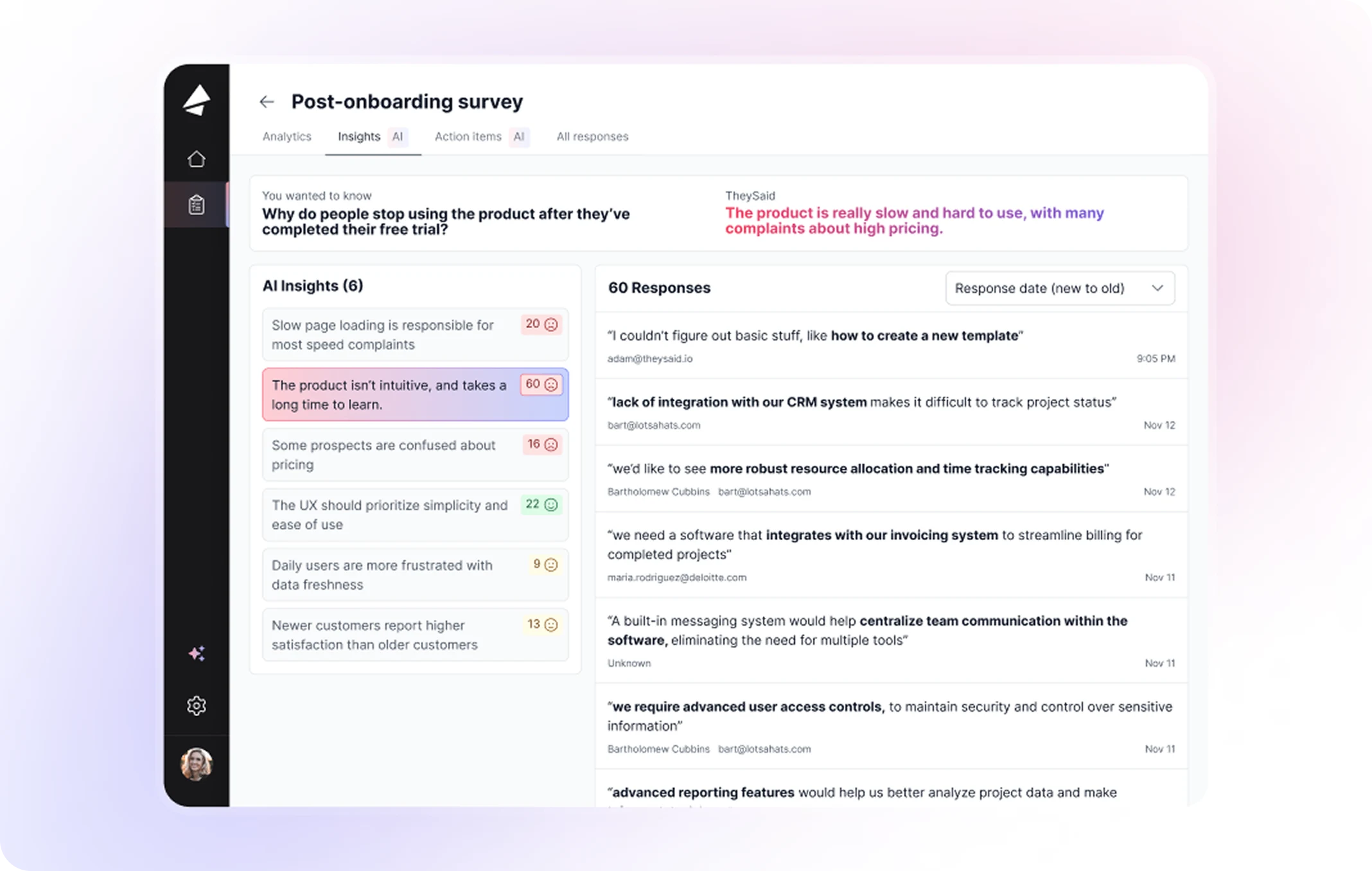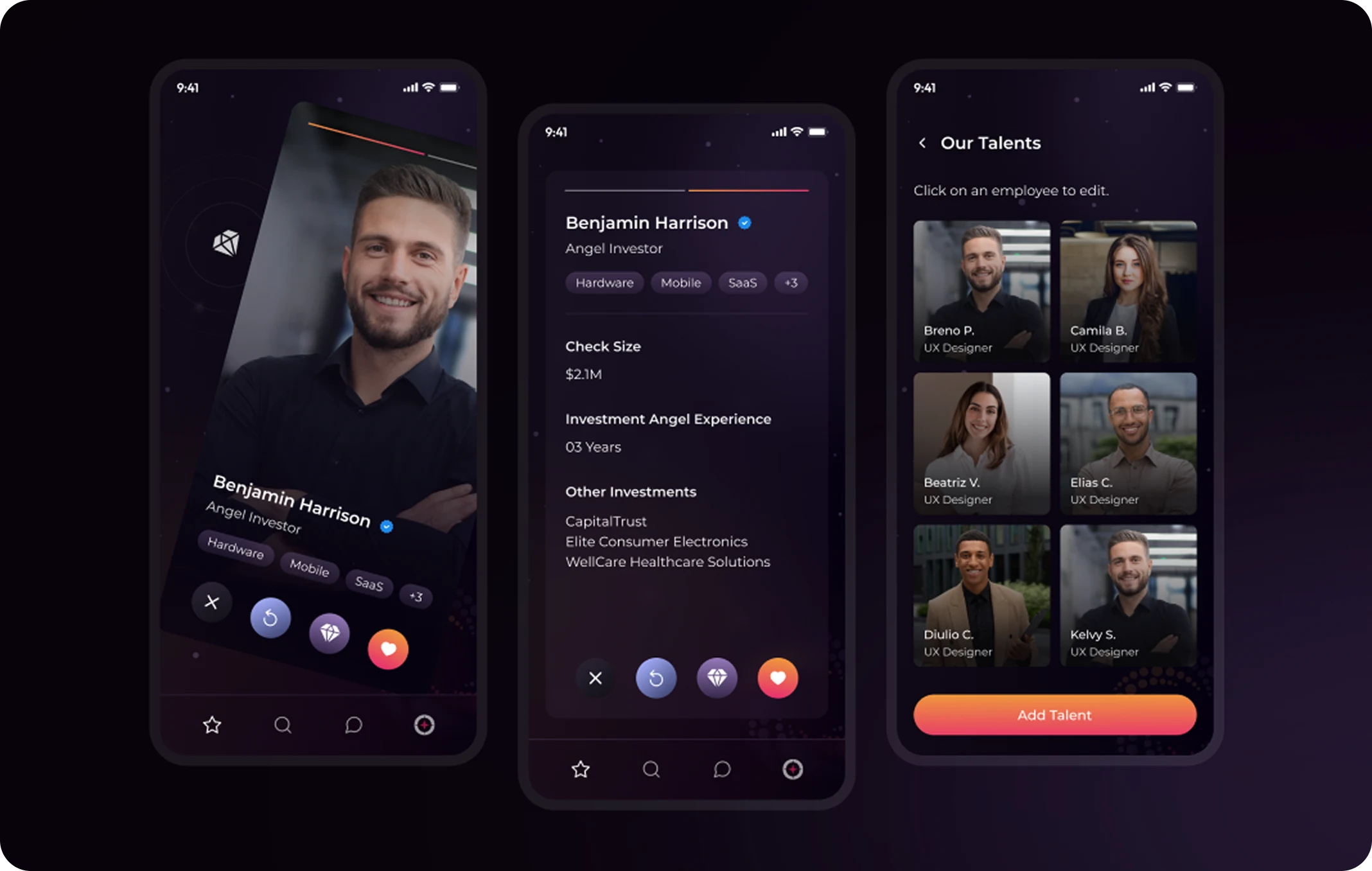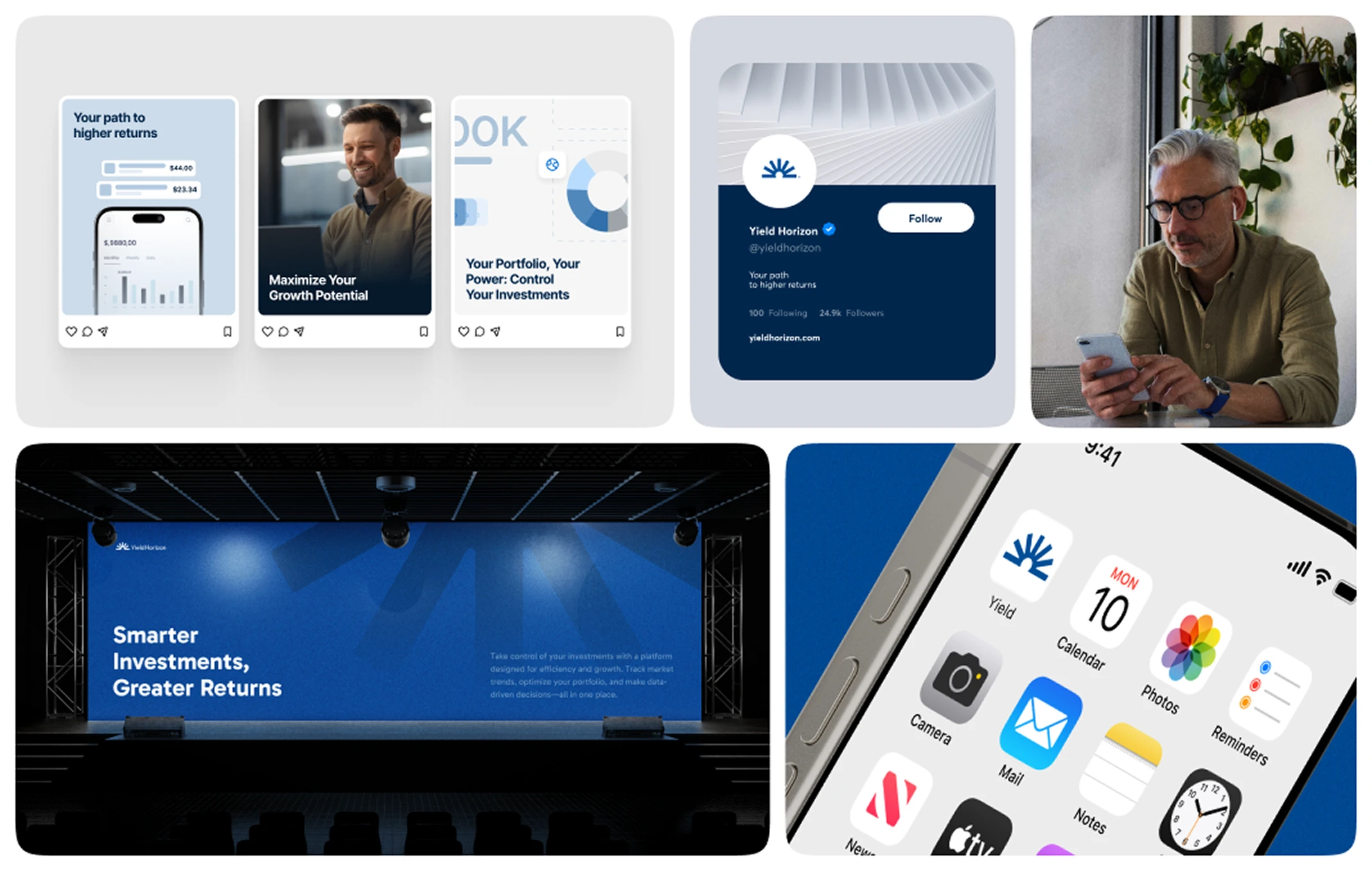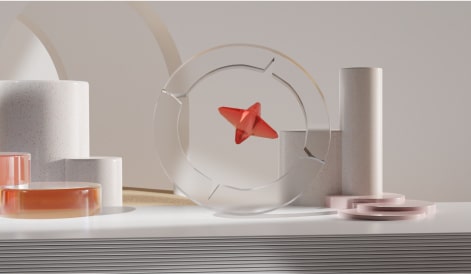For startups, delivering an exceptional user experience (UX) and intuitive user interface (UI) can be the difference between success and failure. Startups operate in fast-paced, competitive environments where customer satisfaction and retention are key drivers of growth. By focusing on UX/UI design, startups can build products that not only attract users but also keep them engaged and loyal.
In this article, we’ll explore how UX/UI design impacts customer satisfaction, loyalty, and ultimately, business growth.
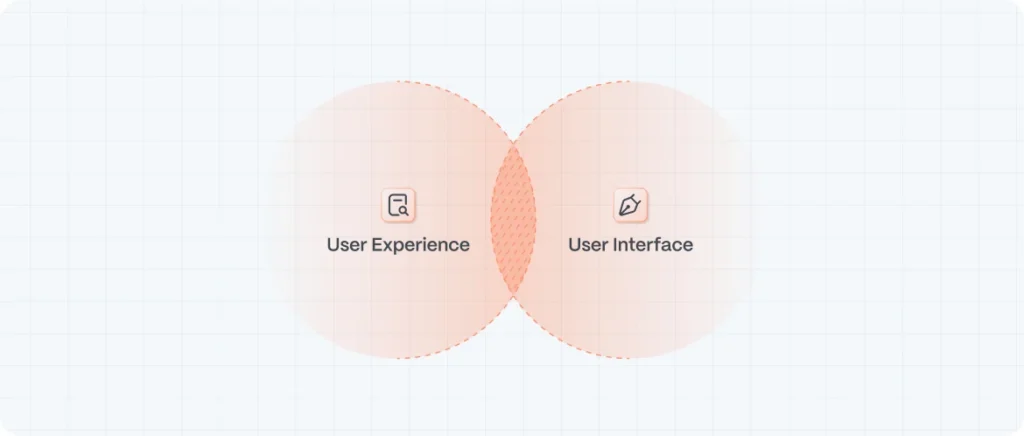
What is UX/UI Design and Why Does It Matter?
UX/UI design refers to creating digital products with a user-centered approach. While UX focuses on optimizing the overall user journey, UI ensures the visual elements are intuitive and appealing. Together, they create seamless experiences that meet user needs.
Key Benefits of UX/UI Design for Startups:
- Increased User Engagement: An intuitive interface encourages interaction and exploration.
- Reduced Churn Rates: A smooth user experience fosters loyalty.
- Higher Conversion Rates: Thoughtful design guides users toward desired actions.
For insights into creating seamless designs, check out How Responsive Design Enhances User Engagement for Startups.
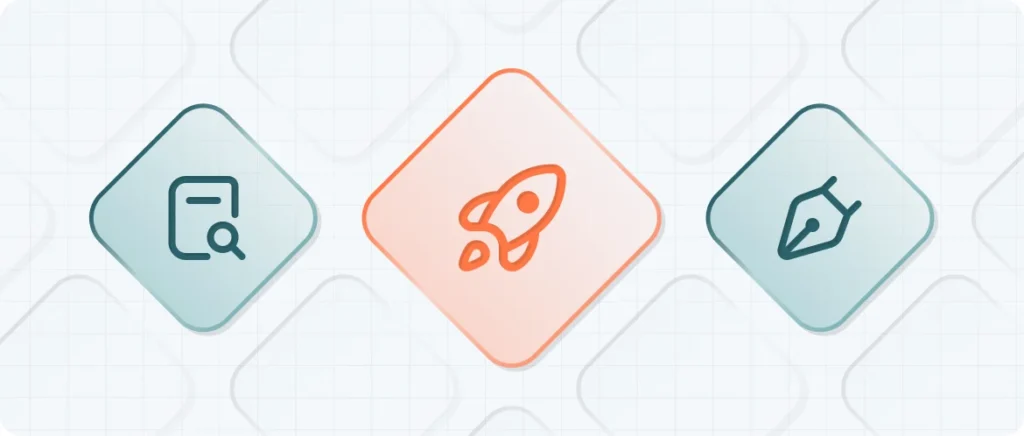
How UX/UI Design Drives Business Growth
1. Enhancing Customer Satisfaction
Good design simplifies complex interactions, making users feel valued and understood. When customers enjoy using your product, their satisfaction increases, leading to positive word-of-mouth and referrals.
Example: A SaaS platform with intuitive onboarding reduces frustration, ensuring users quickly see value in the product.
Key Activities:
- Creating user personas and user journeys
- User research and competitor analysis
- Defining core features and functionality
2. Building Customer Loyalty
Consistency in UX/UI design across all touchpoints—websites, apps, or emails—strengthens trust and brand recognition. Loyal customers are more likely to stick with your startup and recommend it to others.
Pro Tip: Incorporate user feedback into your design process to ensure the app evolves with their needs.
3. Boosting Conversions and Revenue
A well-designed product removes barriers to action. Clear CTAs, seamless navigation, and intuitive layouts lead users toward completing desired actions, such as signing up for a free trial or purchasing a subscription.
Case Study: Companies that invested in improving UX saw a 200% increase in conversion rates (source: Forrester Research).
4. Reducing Development Costs
Investing in UX/UI design early prevents costly redesigns or feature removals later. Usability testing and prototyping identify issues before development, saving time and money.
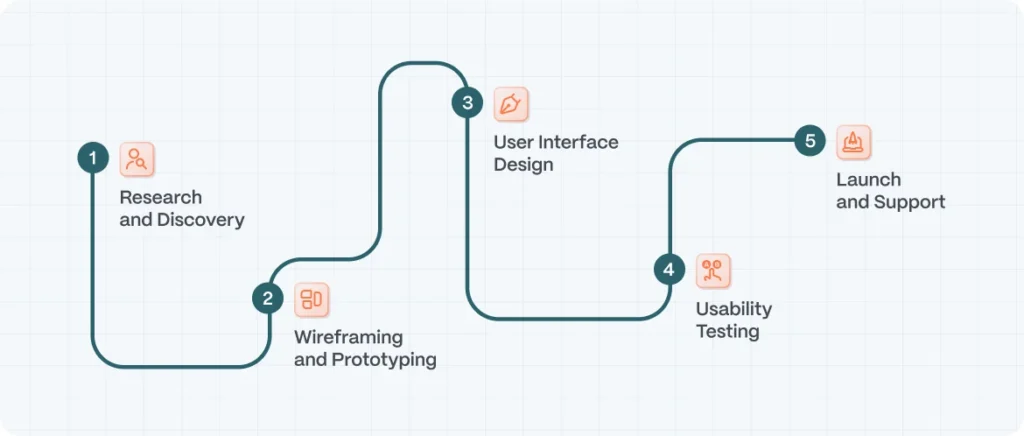
Evo Design Studio’s UX/UI Design Process
At Evo Design Studio, we take a user-first approach to UX/UI design, ensuring your digital product aligns with both user expectations and business goals.
Our Process:
- Research and Discovery: Understanding your audience and market.
- Wireframing and Prototyping: Visualizing the user journey and interactions.
- UI Design: Crafting a visually compelling and functional interface.
- Usability Testing: Refining the design based on user feedback.
- Launch and Support: Ensuring a flawless user experience post-launch.
FAQ
What are the top UX design trends for 2024?
Some of the top trends include AI-integrated design, minimalistic interfaces, emotional design, accessibility-first UX, and cross-platform experiences.
Why is accessibility important in UX design?
Accessibility ensures that digital products are usable by everyone, including people with disabilities. It’s essential for inclusivity and compliance with legal standards.
How is AI changing UX design?
AI enables personalized user experiences by analyzing behavior and predicting user preferences. It automates processes, making interactions more intuitive and seamless.
What is emotional design?
Emotional design focuses on creating interactions that evoke positive emotions, fostering user trust, loyalty, and engagement.
How can businesses implement sustainable UX design?
Businesses can reduce their environmental impact by optimizing digital platforms for energy efficiency and embracing ethical practices, such as transparent data usage.

